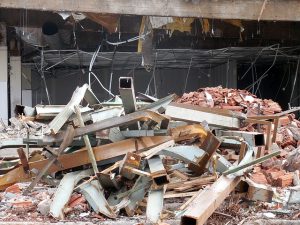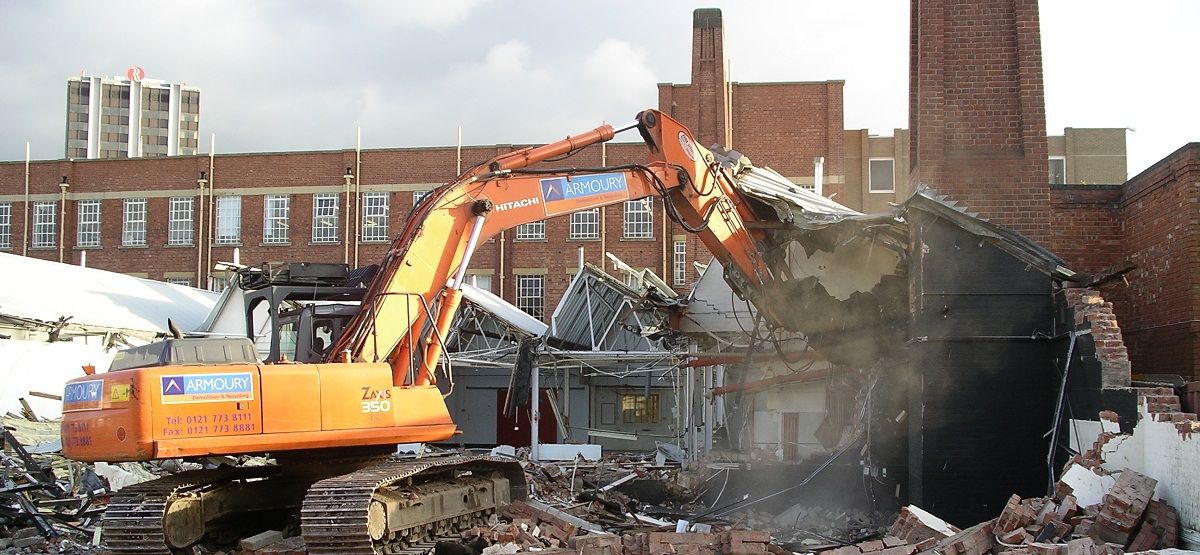Given the need to have a primary regulation, specific for construction and demolition waste (hereinafter RCD), which established the minimum requirements for its production and management, and to promote its prevention, reuse, recycling, recovery and proper treatment Of those destined for elimination, Royal Decree 105/2008, of 1 February , was enacted in 2008 , regulating the production and management of construction and demolition waste.
 The norm applies the principle of producer responsibility, waste prevention, and co-responsibility among all the agents involved in the RCD production and management chain (promoters, designers, facultative management, builders, managers, etc.).
The norm applies the principle of producer responsibility, waste prevention, and co-responsibility among all the agents involved in the RCD production and management chain (promoters, designers, facultative management, builders, managers, etc.).
They are called RCD any substance or object that, fulfilling the definition of waste, are generated in a construction or demolition work. Understanding as construction and demolition activities consisting of the construction, rehabilitation, repair, reform or demolition of real estate, such as a building, highway, port, airport, railway, canal, dam, sports or leisure facility, and any other analogous civil engineering; It also includes the waste generated in minor works, defined as those of construction or demolition of little constructive and economic entity, that does not suppose alteration of the volume, of the use, of the facilities of everyday application or the number of houses and premises, and that does not precise project signed by qualified professionals.
The construction and demolition waste object of the analysis of this section is classified in chapter 17 “Waste from construction and demolition” of the European Waste List, approved by Order MAM / 304/2002.
Based on their origin, the RCD can be classified as:
– Domestic RCD: those that fall within the definition of household waste according to Law 22/2011, of July 29, on waste and contaminated soils, and that therefore come from minor construction and repair works. In this case, its competence is municipal.
 – Industrial RCDs, which come from construction or demolition works outside the domestic sphere. The responsibility of the management is of the producer by the specific regulations existing for this purpose.
– Industrial RCDs, which come from construction or demolition works outside the domestic sphere. The responsibility of the management is of the producer by the specific regulations existing for this purpose.
Among the obligations that the regulation establishes, it stands out that the producer must include in the work project a management study of the construction and demolition waste, where it is detailed how the waste that will be generated in work will be managed, and the obligation on the part of the possessor to present to the producer a management plan for this waste, in which the way in which the requirements set out in the management study will be carried out is specified.
Also, since the highest danger lies in the detachment of fibers or particulate material, it is recommended that the storage of asbestos waste, up to its delivery to the manager, be carried out in double waterproof and resistant bags, or in closed drums.

